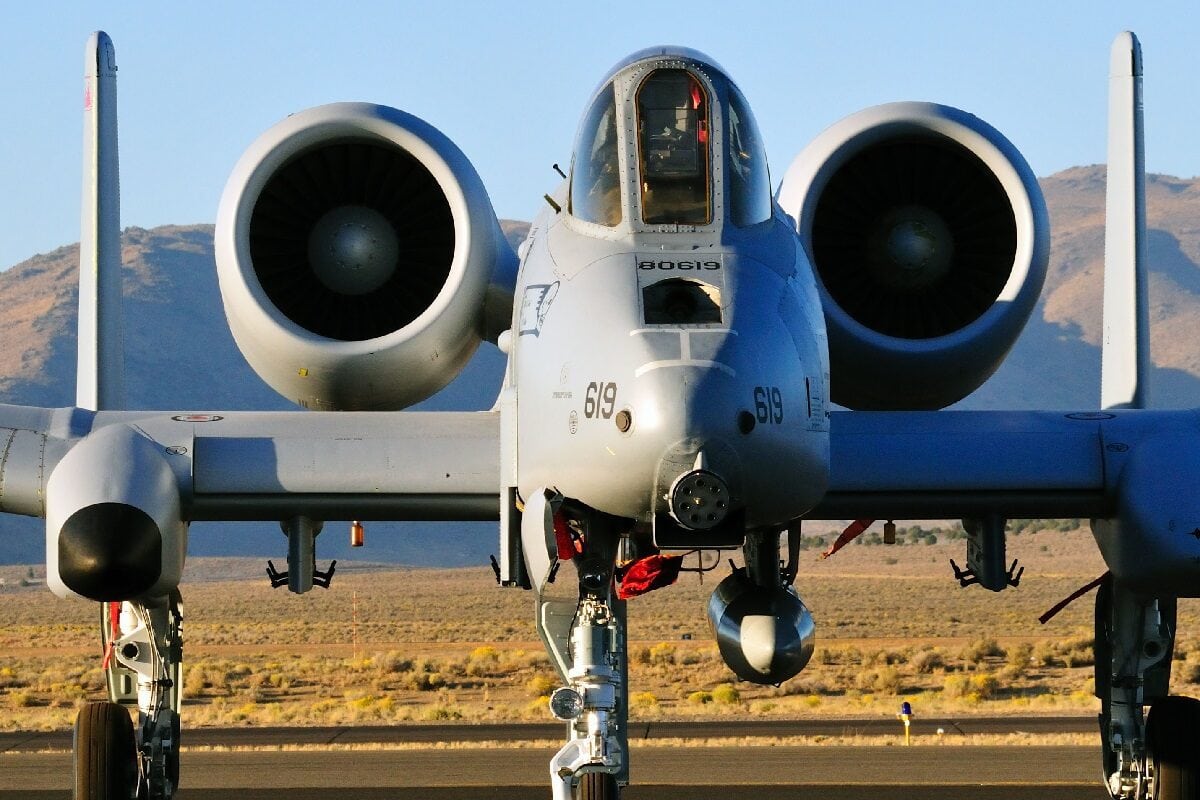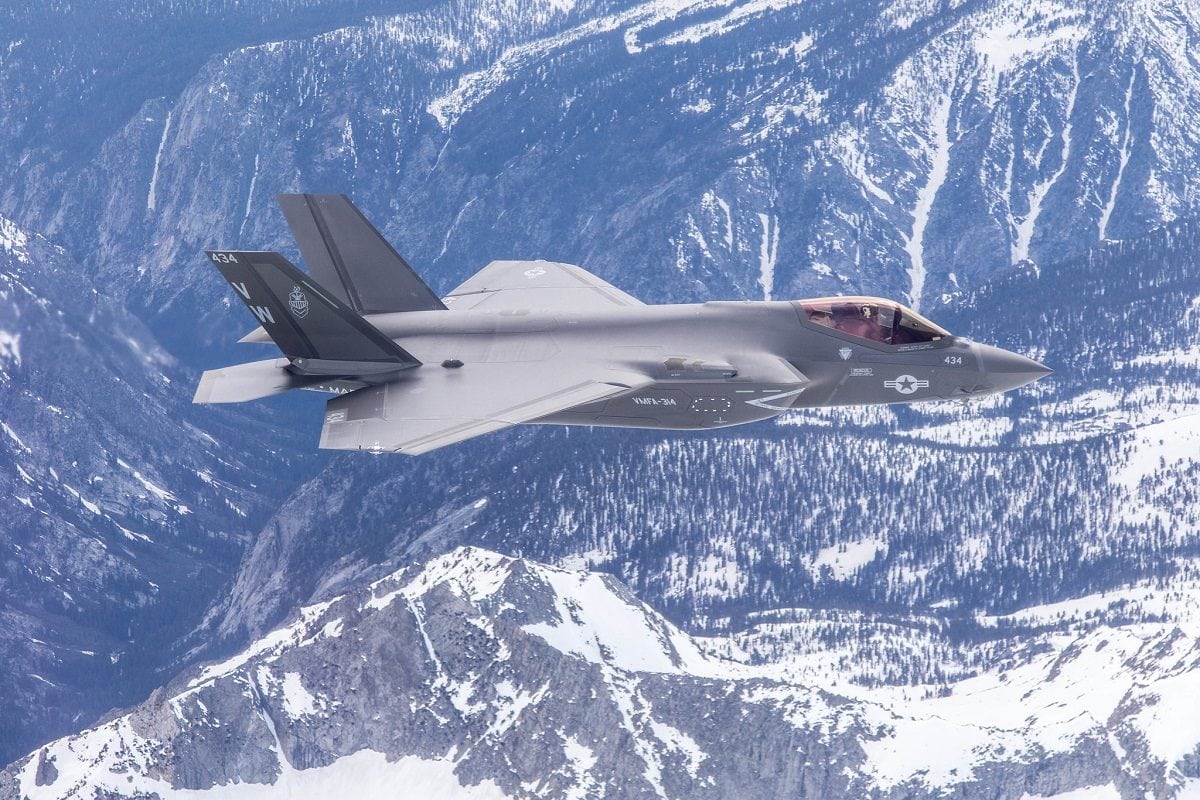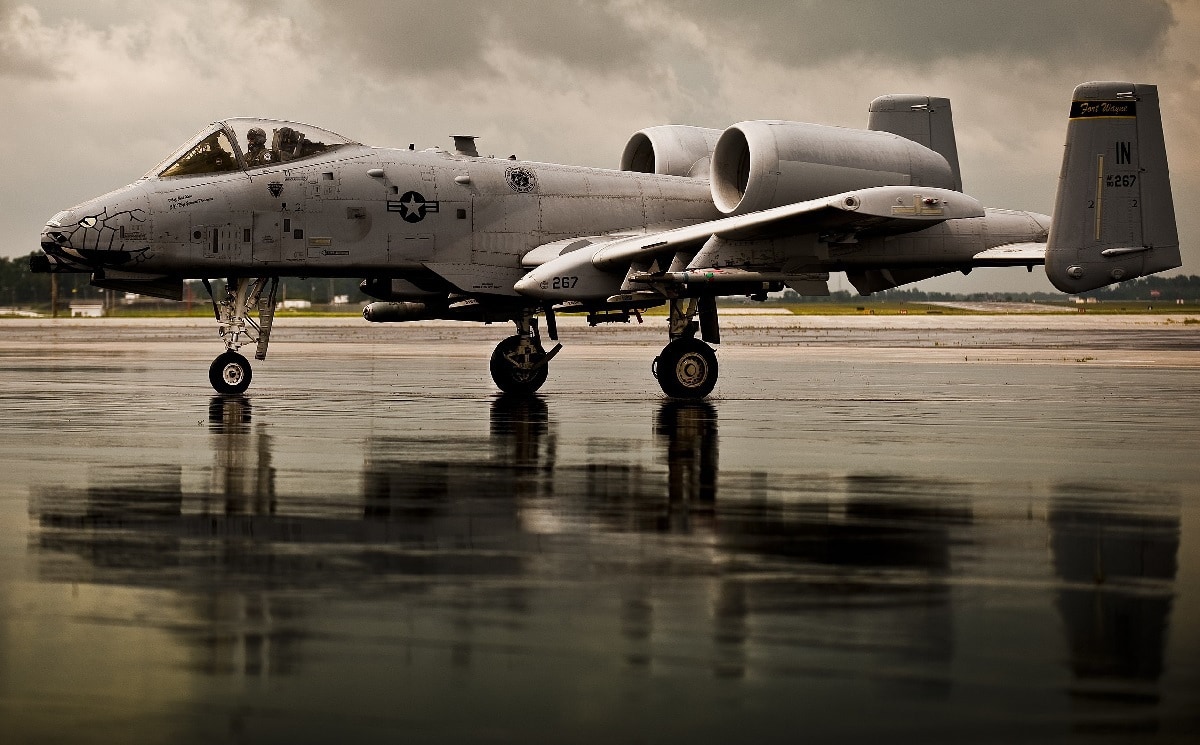A typical misconception is that the military always seeks to enlarge its force, obtain more equipment and keep what it has – while it is lawmakers who want to cut budgets and force a downsizing of ships and planes as cost-cutting measures. However, when it comes to the A-10 Thunderbolt II – known affectionately as the Warthog – it is the United States Air Force that is being “forced” to retain an aircraft the service would like to retire.
The service has repeatedly sought to retire the aging ground attack aircraft, and recently called for forty-two A-10s to be retired from its fleet of 281 airframes. The goal of the Air Force’s plan was to free up maintenance costs, which could be redirected towards the purchase of more advanced aircraft including the Lockheed Martin F-35A, Task & Purpose reported.
The Senate Armed Services Committee has butted heads with the Air Force over the future of the A-10 in the past, but as part of the fiscal 2022 national defense spending plan that was advanced earlier this month, lawmakers called for the Pentagon to maintain the A-10 for a least another year. The Air Force would thus be required to maintain a high number of flyable Warthogs, even as supporters of the platform have warned that maintenance has increasingly become a serious problem.
Out With (Some of) The Old
Other aircraft that the Air Force has also looked to retire could have their wings clipped. As part of the Senate Armed Services Committee’s fiscal 2022 defense policy bill, the Air Force would be permitted to retire some eighteen KC-135 aircraft as well as a dozen KC-10 aircraft.
Yet, as Defense News first reported, the committee’s version of the National Defense Authorization Act (NDAA) appeared to send a message that the lawmakers weren’t persuaded by the Air Force to retire the A-10s to free up money for still-in-development aircraft including the B-21 Raider bomber and the Next Generation Air Dominance program.
Instead, a balance to keep the old whilst developing newer platforms will be needed.

For nearly the past decade, the Air Force has wanted to divest some or all of its remaining 281 A-10 Warthogs, which were introduced in the 1970s to serve as a close air support aircraft for ground troops. The service’s most recent plan was to reduce the A-10 fleet to some 218 aircraft in total within the next two years and to retain those planes with a number of upgrades, including new wings, a new High-Resolution Display System and other advancements that could extend their operational service through 2030 or beyond.
Rubio to the Rescue?
Not all lawmakers have seen the logic in retaining the Cold War-era aircraft. Senator Marco Rubio (R-Florida) has argued in favor of retiring the A-10s, which he said could free up resources for upwards of three new F-35 squadrons, which could be based at Tyndall Air Force Base, Florida.

LEMOORE, California (June 5, 2019) The first Marine Fighter Attack Squadron (VMFA) 314 “Black Knights” Lockheed Martin F-35C “Lightning II” from Naval Air Station (NAS) Lemoore flown by CAPT Tommy Beau Locke from Strike Fighter Squadron (VFA) 125 “Rough Raiders” flies in formation over the Sierra’s with the VFMA-314 squadron F/A-18A++, flown by LtCol Cedar Hinton aircraft “passing the lead” as part of the F/A-18 Sundown with the “Black Knights”.
“It is my understanding that language is included in the Chairman’s mark of the FY22 NDAA that would prohibit the divestment of 41 A-10 aircraft at the expense of Tyndall’s F-35 squadrons,” Rubio wrote in a letter to the Senate Committee on Armed Services last week.
“As you know, the A-10 is a close air support aircraft designed to operate in a non-contested air warfare environment. The F-35 is our fifth-generation fighter designed to meet and beat our near-peer competitors in kinetic air warfare,” added Rubio. “As the United States continues to pivot our forces to focus on a near-peer conflict, we must prioritize our next-generation capabilities. As such, I urge the committee to remove, or reject, any provision or funding that would jeopardize the strategic basing of three F-35 squadrons at Tyndall.”
Peter Suciu is a Michigan-based writer who has contributed to more than four dozen magazines, newspapers and websites. He regularly writes about military small arms, and is the author of several books on military headgear including A Gallery of Military Headdress, which is available on Amazon.com.

